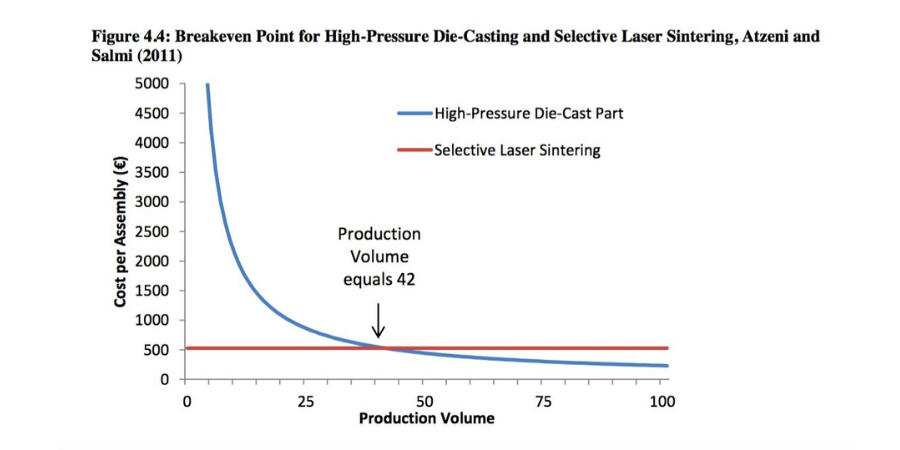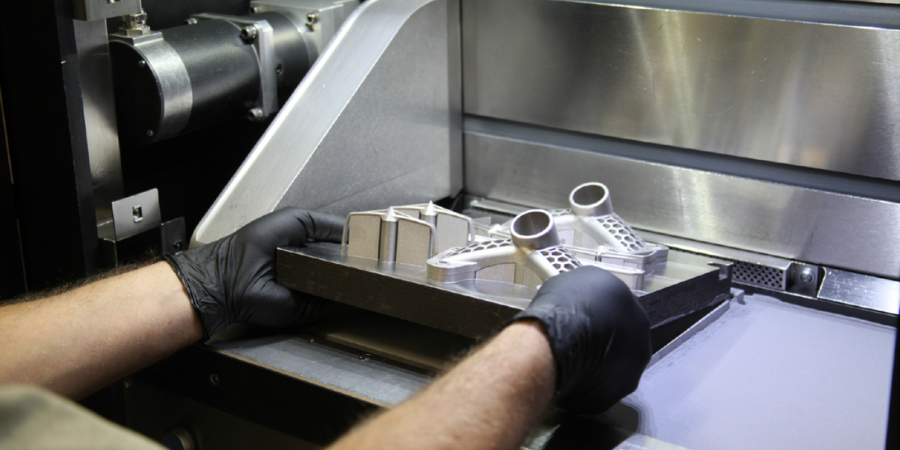Pioneer in Metallic 3D Printing in Aviation Acquires Airbus Spin-Off
A German tier one supplier of metal components for Airbus aircraft recently acquired a 3D printing specialist which was founded as a spin-off of the Airbus Group.
APWORKS, located near Munich, Germany, was purchased from Airbus by Premium AEROTEC, which is located in Augsburg, Germany. This acquisition will allow APWORKS to focus on its objective to support clients in advancing in additive manufacturing-related areas, including prototyping, development, and distribution of the patented material Scalmalloy®, a high-strength aluminum alloy for additive manufacturing of components, and above all the development of qualified mass production applications.
Premium AEROTEC is a pioneer in the use of metallic 3D printing in aviation. As the first aviation supplier, the company has succeeded in integrating 3D printed titanium components into the aircraft structure.
“With the entry of Premium AEROTEC, we are taking a big step closer to our vision of industrial series production using AM technology,” said Joachim Zettler, managing director of APWORKS. “The goal is to combine APWORKS ‘highly dynamic approach to solving our customers’ AM issues with the decades of premium AEROTEC’s manufacturing experience to deliver the maximum value along the AM value chain to our customers across a broad range of industries.”
“Our investment creates a powerful link between Premium AEROTEC and APWORKS, which opens up all possibilities for additive manufacturing to current and future customers,” said Dr. Ing. Thomas Ehm, Chairman of the Board of Premium AEROTEC. “We want to actively promote APWORKS on its dynamic growth path. With our pioneering experience in metallic 3D printing and proven aerospace quality standards, we are the industrial reference for APWORKS ‘innovative ideas. ”
Through the merger of the two companies Premium AEROTEC and APWORKS, customers have access to currently eleven plants with a wide variety of materials, as well as the entire value-added chain for the reworking of components.
Photo Caption: Dr. Ing. Thomas Ehm, Chairman of Premium Aerotec’s Board of Directors, welcomes Joachim Zettler, CEO of APWorks, as a representative of the entire APWorks team. (L to R: Klaus-Peter Willsch MdB, Chairman of the Parliamentary Group Aerospace in the German Bundestag, Dr. Ing. Thomas Ehm, Franz-Josef Pschierer, Bavarian Minister of Economic Affairs and Joachim Zettler)
Pioneer in Metallic 3D Printing in Aviation Acquires Airbus Spin-Off Read More »










